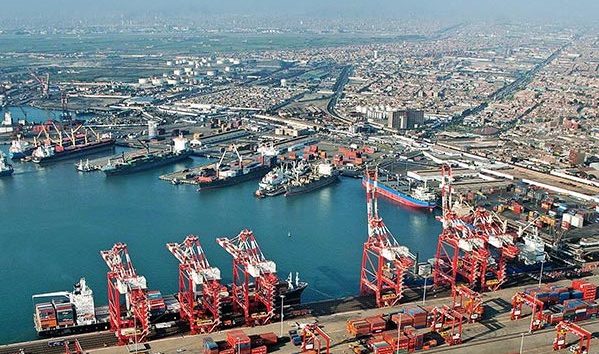MEPC agrees on hybrid emissions measures

As expected, member states at the International Maritime Organization’s (IMO) Marine Environment Protection Committee (MEPC) rubber stamped plans outlined last month for short-term measures to cut carbon emissions across the entire merchant fleet.
MARPOL legislation will see two new measures added: the technical requirement to reduce carbon intensity, based on a new Energy Efficiency Existing Ship Index (EEXI) from 2023; and operational carbon intensity reduction requirements, based on a new operational carbon intensity indicator (CII), due to launch in 2026.
“The dual approach aims to address both technical (how the ship is retrofitted and equipped) and operational measures (how the ship operates),” the IMO explained in a release last month.
The amendments to MARPOL on short-term measures on the carbon intensity of shipping will be put forward for adoption at the subsequent MEPC 76 session, to be held in June 2021.
A host of NGOs attacked the measures adopted as failing to cap shipping’s greenhouse gas emissions this decade, and not following in step with the Paris Climate Agreement goals, while politicians in Europe also criticised the lack of ambition in the IMO agreement.
“Countries that supported the adoption of the proposal at IMO, and its abandonment of any effort to tackle climate change in the short term, have lost any moral ground to criticise regions or nations trying to tackle shipping emissions, as part of their economy-wide national climate plans,” a joint press release from a number of environmental NGOs stated yesterday.
John Maggs, president of the Clean Shipping Coalition, said: “As scientists are telling us we have less than 10 years to stop our headlong rush to climate catastrophe, the IMO has decided that emissions can keep on growing for 10 years at least. Their complacency is breath-taking. Our thoughts are with the most vulnerable who will pay the highest price for this act of extreme folly.”
Madeline Rose, climate campaign director at Pacific Environment, suggested the new rules would curb 1% of shippings’ annual carbon emissions by 2030 meaning that emissions from the current global fleet would still rise by an estimated 14% this decade.
The IMO news will generate more debate about regional regulations driving more stringent emissions cuts for shipping. Europe is close to including shipping in its carbon trading schemes, with the US looking at a similar proposal.
Bas Eickhout, a member of the European Parliament, said yesterday: “The conclusion for the EU is clear: we move on and will include shipping in the Emissions Trading Scheme. It is vital to create the infrastructure, skills and jobs to scale up renewable fuels and zero-carbon trade routes now, we can’t waste another five years waiting for the IMO.”
How each member state voted in yesterday’s key gathering was charted by the Twitter account IMOclimate (see below).
